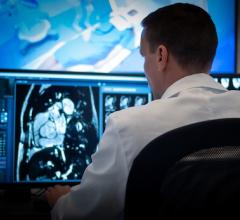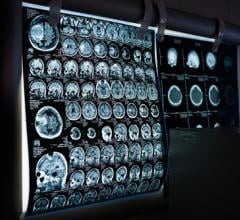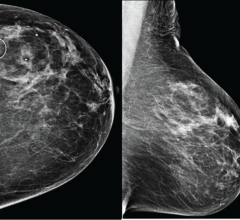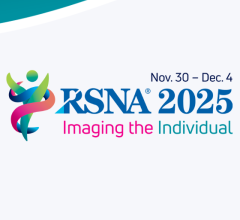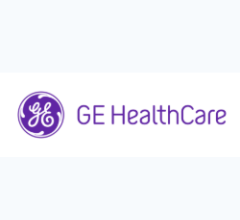
December 8, 2008 – Investigators say CORE 64 shows that CT angiography can accurately identify the presence and severity of obstructive coronary artery disease in symptomatic patients, but that it is not yet ready to replace invasive coronary angiography.
Since the researchers, a team of imaging specialists at Johns Hopkins, published the results of the international multicenter trial (CorE 64) entitled "Diagnostic Performance of Coronary Angiography by 64-Row CT," it has been a hot topic of debate throughout the medical industry.
In their conclusion, which appears in an abstract the New England Journal of Medicine (NEJM) published on November 27, 2008 (Volume 359:2324-2336, Number 22), they stated: “Multidetector CT angiography accurately identifies the presence and severity of obstructive coronary artery disease and subsequent revascularization in symptomatic patients. The negative and positive predictive values indicate that multidetector CT angiography cannot replace conventional coronary angiography at present.”
Upon publication by NEJM, the mainstream media has reported on the findings from differing angles. Some reports have emphasized how the accuracy of CT angiography could potentially eliminate many invasive angiograms, while other popular media outlets have implied that researchers doubt the utility of CT as a heart test.
The study involved 291 patients with calcium scores of 600 or less, segments 1.5-mm or more in diameter were analyzed by means of CT and conventional angiography at independent core laboratories. Stenoses of 50 percent or more were considered obstructive. The area under the receiver-operating-characteristic curve (AUC) was used to evaluate diagnostic accuracy relative to that of conventional angiography and subsequent revascularization status, whereas disease severity was assessed with the use of the modified Duke Coronary Artery Disease Index.
A total of 56 percent of patients had obstructive coronary artery disease. The patient-based diagnostic accuracy of quantitative CT angiography for detecting or ruling out stenoses of 50 percent or more according to conventional angiography revealed an AUC of 0.93 (95 percent confidence interval), with a sensitivity of 85 percent, a specificity of 90 percent, a positive predictive value of 91 percent, and a negative predictive value of 83 percent. CT angiography was similar to conventional angiography in its ability to identify patients who subsequently underwent revascularization. Disease severity ascertained by CT and conventional angiography was well correlated
According to Michael Poon, M.D., associate professor of Medicine in Cardiology at Mount Sinai School of Medicine in New York and current president of the Society of Cardiovascular Computed Tomography (SCCT), he stated in an interview with Angioplasty.org that the [CORE 64] study “showed that, as a test to rule out the presence of significant coronary disease, CTA is capable of doing a rather good job. But at this moment it’s still not the test that you would use to compete with diagnostic angiography for accuracy. I think that’s the conclusion that we can draw from the CorE 64 data.”
Dr. Poon added, “We said that the accuracy of CT is very good when it comes to ruling out the presence of disease. We never said that CT is as accurate as diagnostic cath.”
For more information: www.content.nejm.org and www.angioplasty.org


 December 10, 2025
December 10, 2025 



